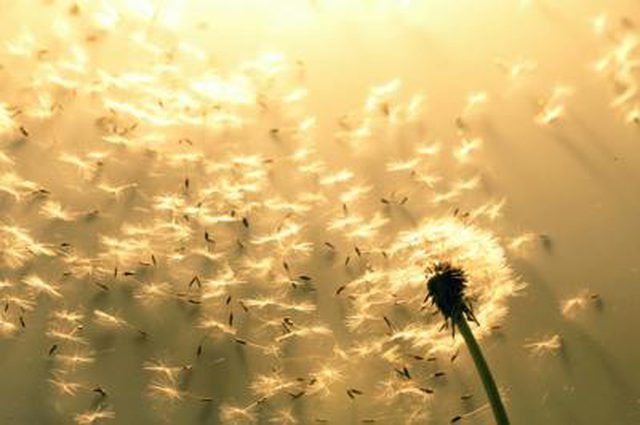Bulbs
Flower Basics
Flower Beds & Specialty Gardens
Flower Garden
Garden Furniture
Garden Gnomes
Garden Seeds
Garden Sheds
Garden Statues
Garden Tools & Supplies
Gardening Basics
Green & Organic
Groundcovers & Vines
Growing Annuals
Growing Basil
Growing Beans
Growing Berries
Growing Blueberries
Growing Cactus
Growing Corn
Growing Cotton
Growing Edibles
Growing Flowers
Growing Garlic
Growing Grapes
Growing Grass
Growing Herbs
Growing Jasmine
Growing Mint
Growing Mushrooms
Orchids
Growing Peanuts
Growing Perennials
Growing Plants
Growing Rosemary
Growing Roses
Growing Strawberries
Growing Sunflowers
Growing Thyme
Growing Tomatoes
Growing Tulips
Growing Vegetables
Herb Basics
Herb Garden
Indoor Growing
Landscaping Basics
Landscaping Patios
Landscaping Plants
Landscaping Shrubs
Landscaping Trees
Landscaping Walks & Pathways
Lawn Basics
Lawn Maintenance
Lawn Mowers
Lawn Ornaments
Lawn Planting
Lawn Tools
Outdoor Growing
Overall Landscape Planning
Pests, Weeds & Problems
Plant Basics
Rock Garden
Rose Garden
Shrubs
Soil
Specialty Gardens
Trees
Vegetable Garden
Yard Maintenance
How to Explain the Life Cycle of a Plant
How to Explain the Life Cycle of a Plant. From the single-leafed duckweed to the tallest redwood trees, plants follow a specific life cycle. The cycle typically begins with a seed. Once germinated, the plant grows and eventually reproduces, continuing the life cycle.
From the single-leafed duckweed to the tallest redwood trees, plants follow a specific life cycle. The cycle typically begins with a seed. Once germinated, the plant grows and eventually reproduces, continuing the life cycle.
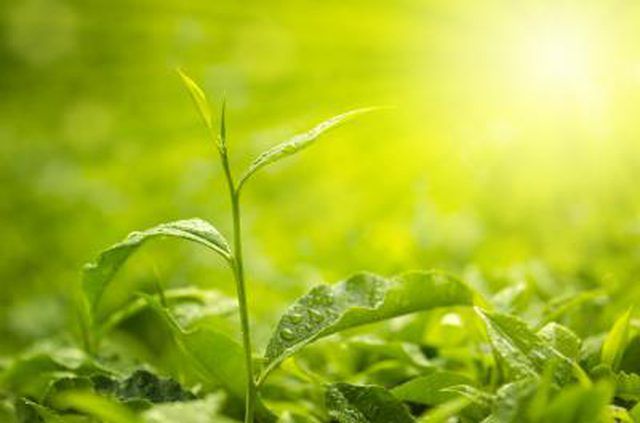
Seeds contain all of the genetic material to produce a plant in a relatively small package. Energy in the form of starches is stored within the seed to support the plant when it germinates.
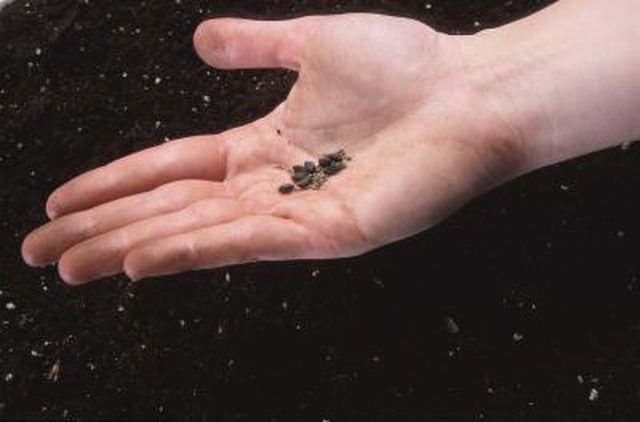
With the right conditions—including temperature, water quantity, soil quality and light exposure—the seed begins to germinate. The embryo in the seed begins to grow, producing a root system, stem and leaves.
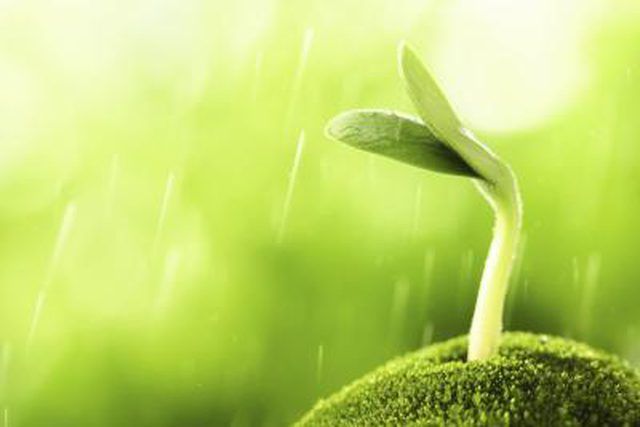
Initially, the seedling feeds off the stored energy within the seed. As the roots develop, the plant begins to take in water and nutrients from the soil. These are converted to energy in the form of sugars in the leaves through photosynthesis. The energy is used to continue the growth of the plant.
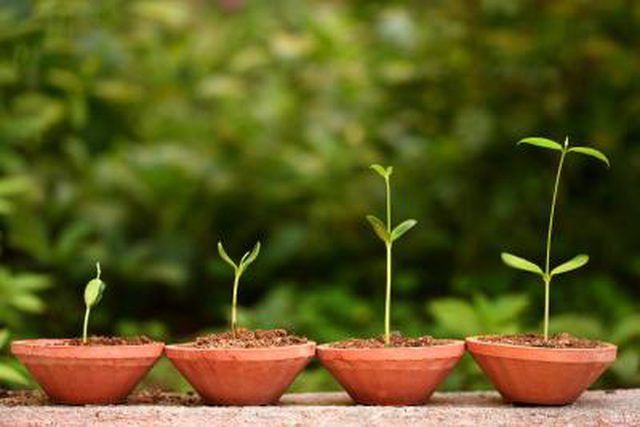
When the plant matures it reproduces. Pollen produced by the male reproductive organ, called the anther transfers, to the female organ, called the pistil. The pollination process may occur spontaneously or with help from wind, rain or animals.
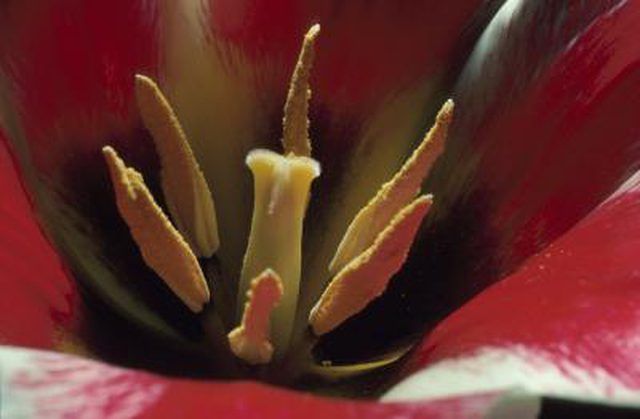
Sperm cells within the pollen enter through the pistil into the ovary to fertilize the ovules. The ovules, once fertilized, grow into seeds. The ovary then changes into a seed pod.
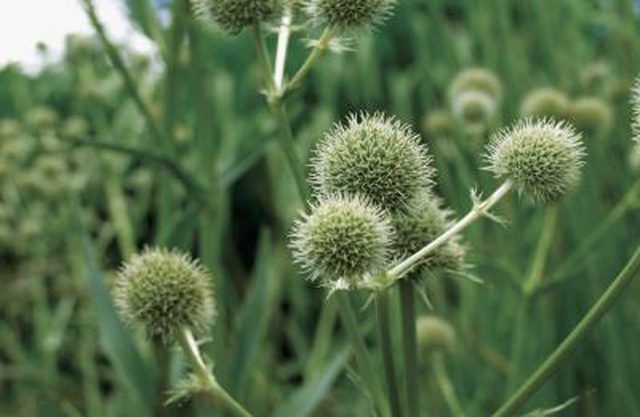
As the seeds mature, the seed pod grows. When fully mature, the pod eventually drops or opens to disperse the seeds, continuing the life cycle of the plant.
